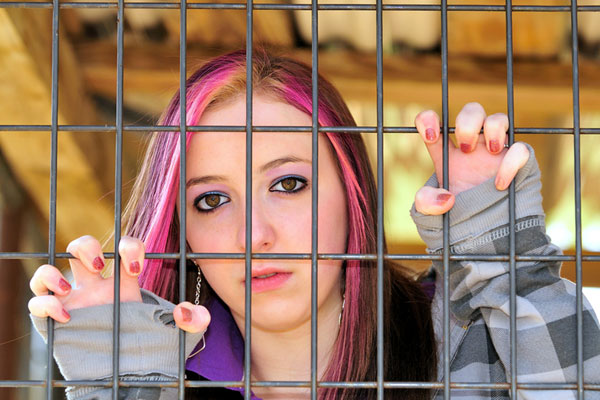- South Texas Students Meet Accordion Music Icons Los Tigres Del Norte In Edinburg Thanks To Khs America/Hohner Alianza Académica Initiative
- Fragile Planet Offers a Nighttime Wildlife Experience
- Falcons Soccer Off & Running
- Cameron County Receives Funds to Improve Two Parks
- Falcons Complete First Half of 32-6A
- School District to Help out Victims of California Wildfires
- Sand Castle Days Continued Despite Unexpected Weather
- Ready for District
- Discussion of Garbage Dumpster Rates, Agreements Between State & City on Highway Regulations, and More
- 31st Annual Shrimp Cook-Off is Right Around the Corner
Report: Texas, Other States Should Close Youth Prisons
- Updated: November 4, 2016

States pay on average about $90,000 a year for every youth in a juvenile facility. Photo: carroteater/iStockphoto
by Mark Richardson
AUSTIN, Texas – Children should not be kept behind bars, according to a new report that examines the ineffectiveness of youth prisons in Texas and other states.
The research from The Annie E. Casey Foundation pulls together evidence of the failings of youth correctional facilities and recommends they all be closed.
Foundation president and CEO Patrick McCarthy says youth prisons just don’t work, and states need to take a different approach.
“We’ve got to build a juvenile justice system that’s based on the very simple principle of developing young people’s capacity, giving them opportunity,” he states. “Holding them accountable, of course, is also very important, but doing it in a way that provides them a path to get back on track.”
McCarthy says young people are incarcerated for low-risk offenses and often don’t get the guidance and support they need to get back on track.
Texas, which still houses more than 800 youth behind bars, began reforming its juvenile justice system in 2009 after reports of physical and sexual abuse surfaced.
McCarthy says the state has made positive changes since then.
“Texas is another state that had very high numbers in their locked state facilities, and they’ve moved much more to a community based corrections system,” he points out.
McCarthy adds that there is an enormous financial toll for youth prisons. While costs vary, states pay on average about $90,000 a year for every youth in a juvenile facility.
“Alternatives to these youth prisons are much smaller, more home like, much more oriented to the appropriate developmental needs of young people, a heavy focus on education, on job training and in preparing them to be successful through the rest of their lives,” he states.
The report recommends a four R strategy: reduce the pipeline of youth into youth facilities; reform the corrections culture that wrongly assumes locking up young people improves safety; replace youth prisons with rehabilitative services; and reinvest in evidence-based solutions.
